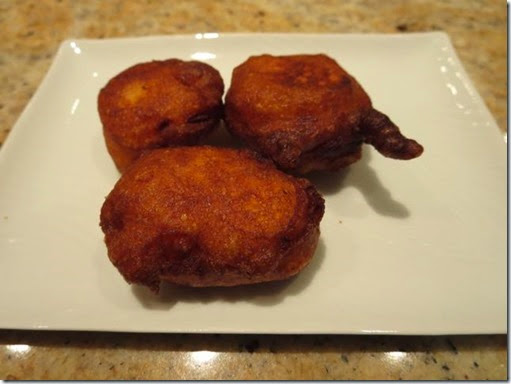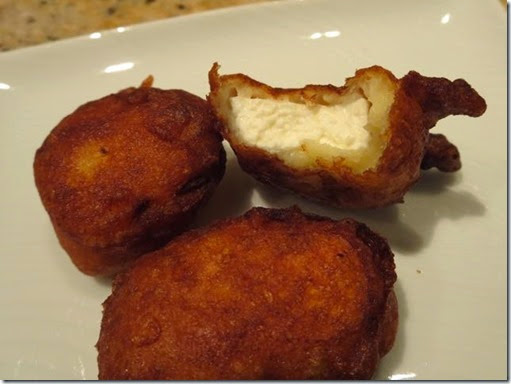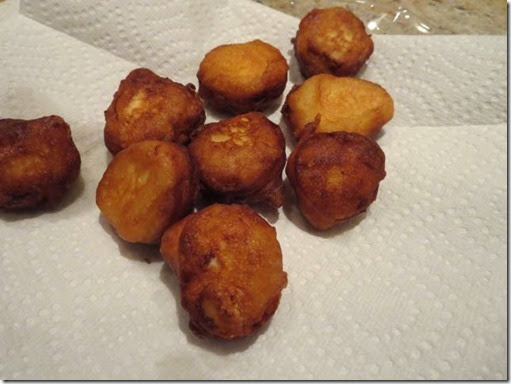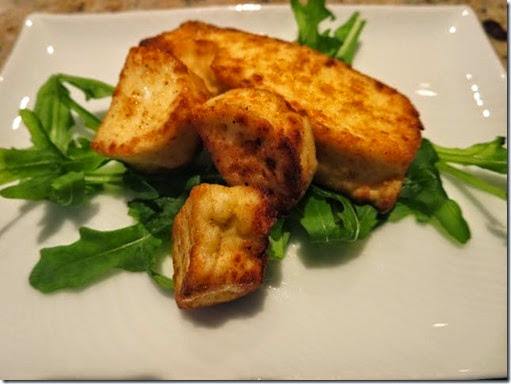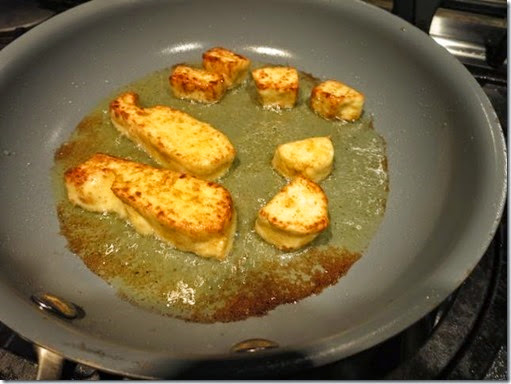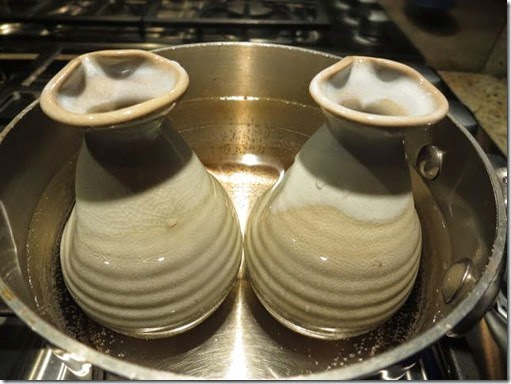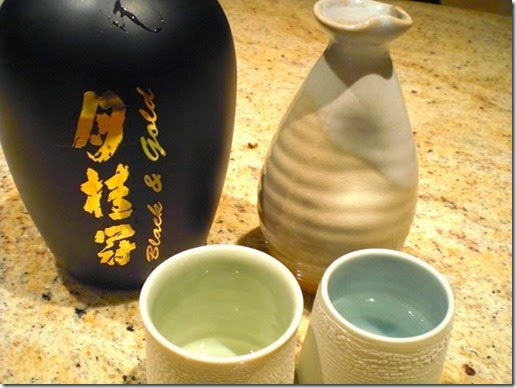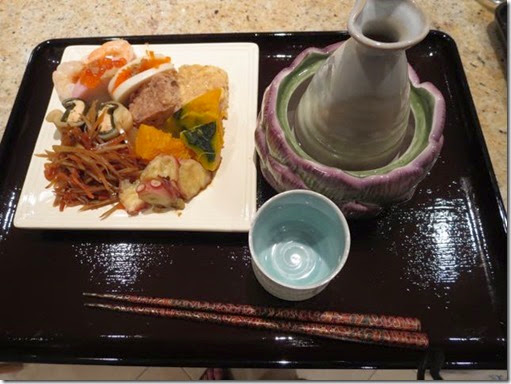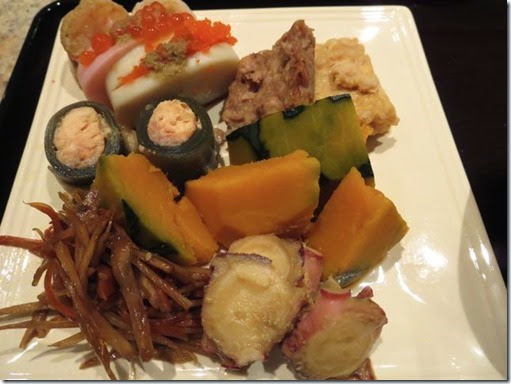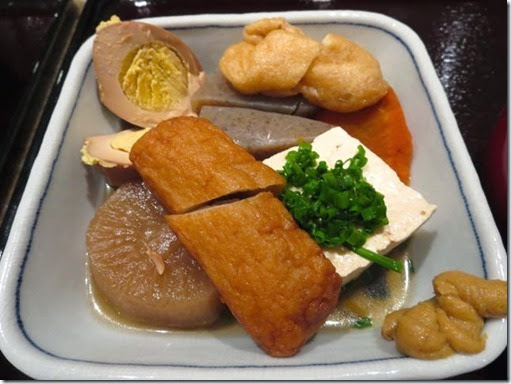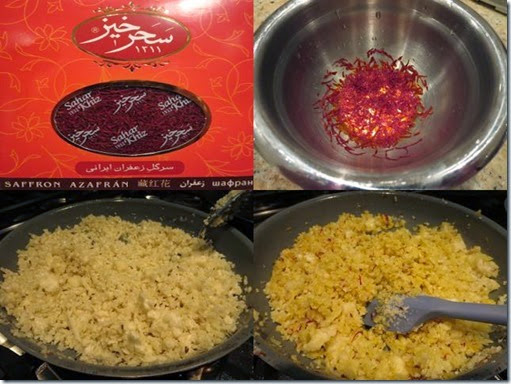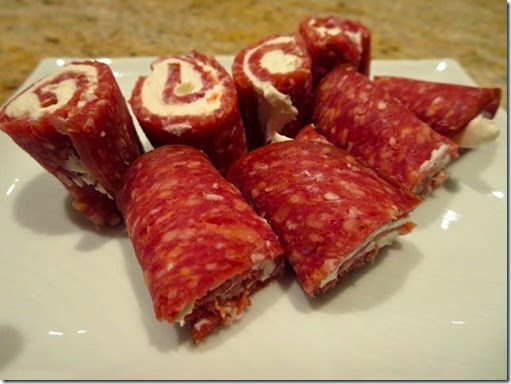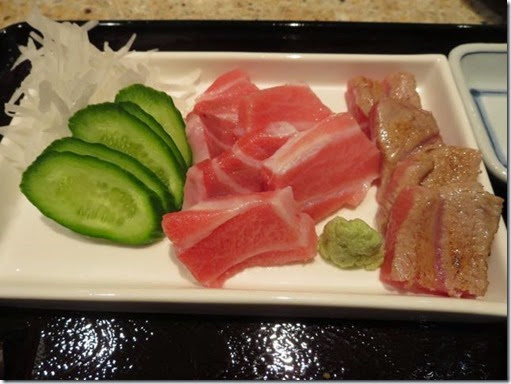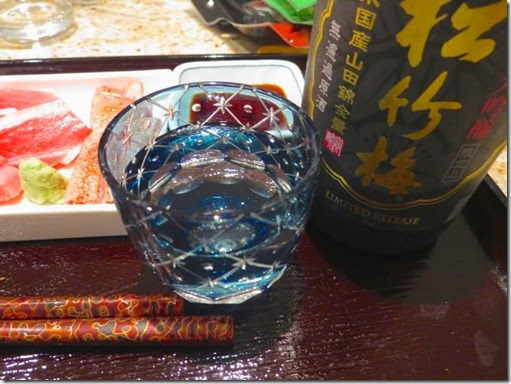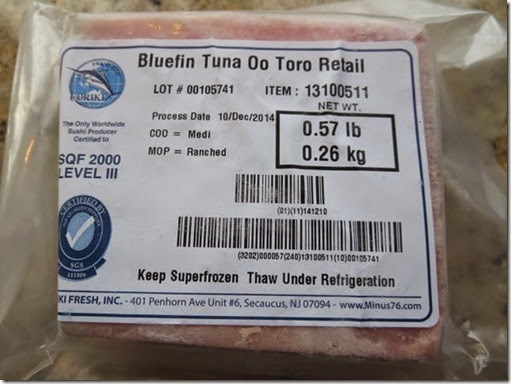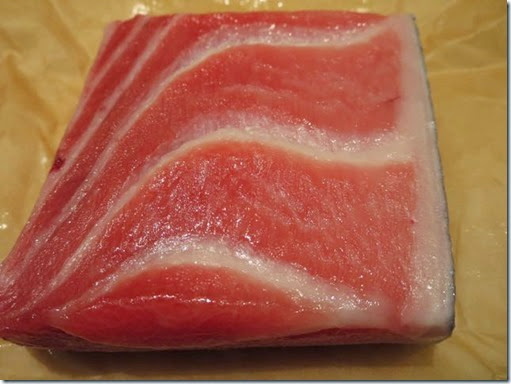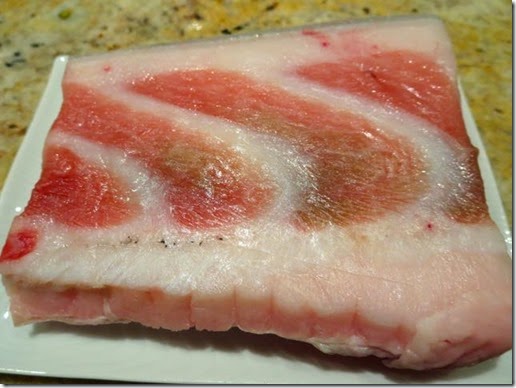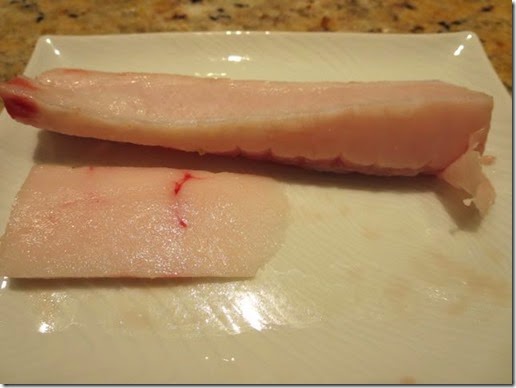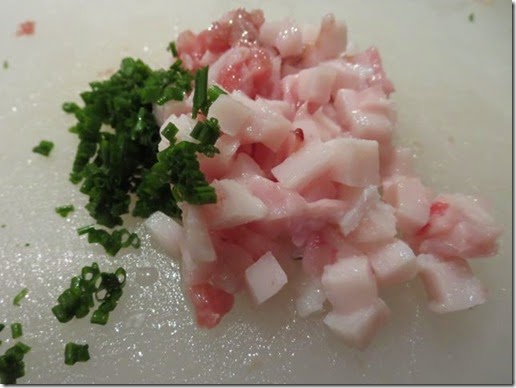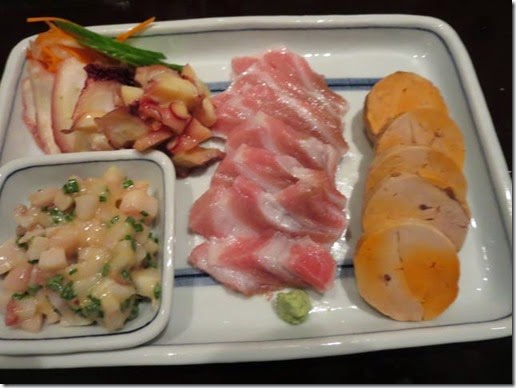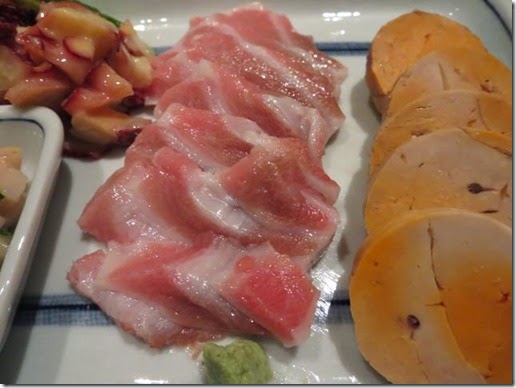I made this warm udon in broth or Kakeudon かけうどん with a slice of barbecued pork, abura-age deep fried tofu and shimeji mushroom.
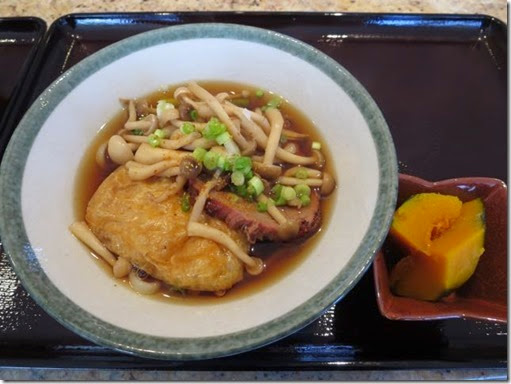
I also served my simmered "Kabocha" pumpkin.
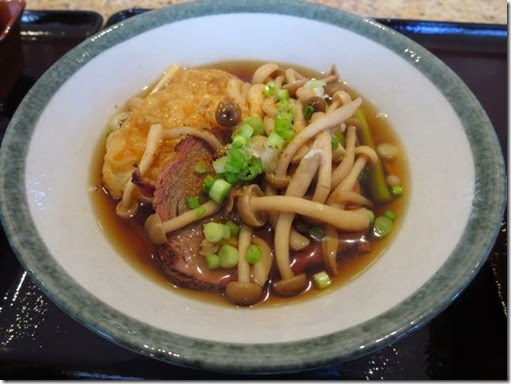
The picture below shows a package of "Fearsome" sanuki udon 恐るべきさぬきうどん.
The noodles are semi-dried and much longer (folded in half) and slightly thicker than the usual dried varieties. It takes a bit longer to cook as well. I cooked it as per the package instructions, washed it in cold running water and placed it in a broth on simmer. The noodle has a bit more bite or firmness in the center than regular noodles. It is good but we are not sure if it is worthwhile to specifically buy this kind.
I used the noodles another time to make "Nabeyaki" udon 鍋焼きうどん. Since I had mochi 餅 left over from New Year, I also added mochi in a fried tofu pouch as well as simmered vegetables (daikon 大根, carrott, kon-nyaku コンニャク、all pre-cooked in a seasoned broth). I also added an egg and scallions.

Just before serving, I removed the tooth pick and cut the mochi in the pouch.
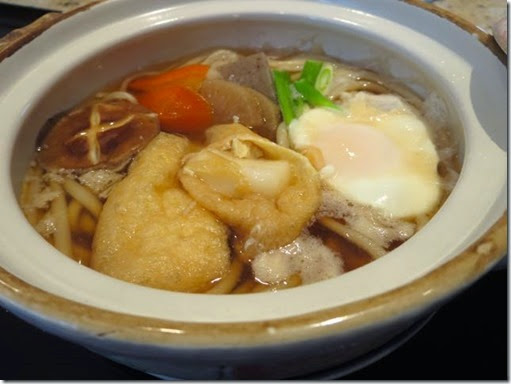
In this dish, I cooked the noodles with the other precooked items and the egg for 5 minutes. The noodles stayed rather firm in the center. These semi-dried udon noodles are good but since we are not dedicated connoisseurs of udon, the differences between this and the usual kind is not great enough to seek out this particular kind.
Digression alert: I later learned that "Osorubeki sanuki udon" 恐るべきさぬきうどん is the name of a column that appeared in a local magazine in Kagawa. The entire series of columns were published as multiple books by Kazutoshi Tao (田尾和俊). These book are a detailed guide of large and small udon noodle places in Kagawa which was said to have popularized udon tourism and restaurant tours. This particular noodle producer must be one of these udon places and must have somehow gotten the right to use this name.


